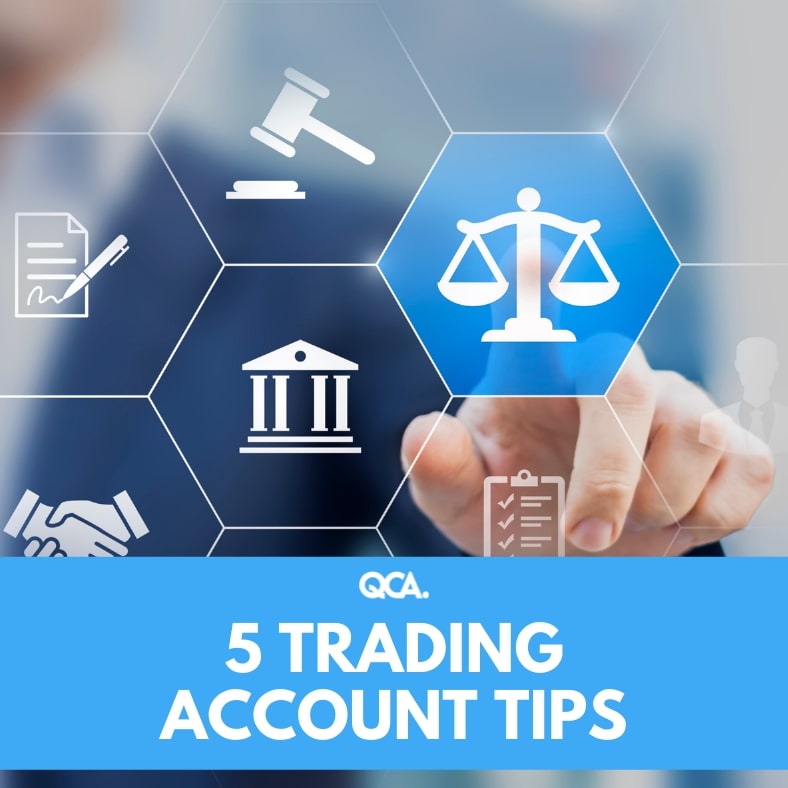Trading Accounts can be complicated to look at, but having insider tricks can make it work for you. Traders using trading accounts to hold financial assets such as stocks, bonds, foreign exchange, and other investment vehicles need to know these top 5 trading account tips to make the most of a Trading Account.
Definition of a Trading Account
A typical trading account allows the buying and selling of securities, otherwise known as day trading. Your Trading Account can be prepared at any stage during the year and shows sales generated less any variable costs directly associated with those sales. It’s used to calculate your Gross Profit (sometimes referred to as your Gross Margin) which is often also shown as a percentage.
The basic format for your Trading Account is: Sales – Cost of Sales = Gross Profit
Here are our top 5 trading account tips to make the most of a Trading Account.
1. Increasing sales is not the only way to grow your overall profit.
However, growing sales should always be part of your strategy. There are seven ways to grow sales including increasing client retention, leads generated and converted, sales value and frequency, and reducing the cost of sales and overheads.
2. Lifting your Gross Profit Percentage by 1-2% can make a huge difference to your results.
Calculate the impact of lifting your Gross Profit Percentage by 1% by taking 1% of your total sales for the year; that is how much more will hit your overall profit. We can help you employ strategies to increase your margin.
3. Compare your expected Gross Profit Percentage to your actual Gross Profit Percentage.
You can do this by ‘back costing’ a job once you’ve finished it. Calculate all costs associated with a completed job. For example,for a building job, calculate the total material and labour costs for that job, then divide by the selling price to determine the Gross Profit Percentage for that job.
4. Ensure your pricing is up to date.
If your Gross Profit is declining, review your costing to ensure you’re using current costs when pricing a job, product or service. Many businesses use great pricing tools and standard markup formulae, but often have outdated costs in the model or calculation.
5. Consider all costs associated with creating a sale.
Your margin could be slipping because there are costs hidden in overheads that should be measured as variable costs. For example, a mobile ice cream truck will have fuel as a variable cost, but the fuel costs might be lumped in as overhead costs with another business vehicle.
Overall, Trading Accounts can be incredibly beneficial to you in the long term – if you know how to use them well. For more information on how to make your Trading Account more profitable, get in touch with the expert team at QCA today!








